You've probably admired epoxy's glossy, tough finish on indoor floors or tables. But what about using it outdoors? Can epoxy really stand up to rain, sun, and the wild mood swings of the weather?
Yes, you can use epoxy outside, but you need the right kind. Most indoor epoxies don’t last outdoors—they’ll yellow, crack, or get brittle in the sun. For outdoor projects, you want UV-resistant or marine-grade epoxy, which is made to handle those harsher conditions.
Getting good results with outdoor epoxy depends on picking a suitable product and knowing how to apply it. There’s a bit of a learning curve: sunlight can ruin regular epoxy, and not every surface is a good match. So if you want your outdoor project to last, you’ll need to pay attention to a few key details.
Planning an outdoor project? Explore our epoxy and UV resin collection for durable, weather-resistant finishes that stand up to sun and rain.
Understanding How Epoxy Works Outdoors

Epoxy outdoors faces a lot more abuse than it does inside. UV rays can break down the chemical structure, and temperature swings or moisture can mess up the curing process and leave you with a weak or ugly finish.
What Happens When Epoxy Is Exposed to Sun and Weather
UV rays are pretty much the villain here. The sun’s radiation attacks the polymer chains in epoxy, which are what make it strong and clear.
Regular indoor epoxy usually starts yellowing after a few months in the sun. The surface can turn chalky and brittle. That’s the UV light wrecking the chemical bonds.
Weather swings don’t help. Rain can spot uncured epoxy, and big swings from hot to cold can make the surface crack as it expands and contracts.
Common issues you’ll see:
- Yellow or cloudy surfaces
- Chalky or powdery finish
- Small cracks from temperature changes
- Loss of gloss and smoothness
Wind can also blow debris onto the surface, scratching it—especially once the epoxy starts to soften from sun damage. When UV damage starts, it tends to speed up quickly if you don’t protect it.
How Temperature and Moisture Affect Curing
Temperature and humidity make a big difference when you’re applying epoxy outside. Most epoxies want it to be between 60-80°F to cure right.
Cold weather slows curing way down. If it’s below 50°F, the epoxy might never really harden. If it’s too hot—say, above 90°F—the epoxy can cure too fast and end up weak or uneven.
Humidity is tricky. If there’s too much moisture in the air, it can get trapped in the epoxy as it cures, leaving you with a cloudy or sticky finish that never fully hardens.
Best conditions for working with epoxy outdoors:
- Air temp: 65-75°F
- Surface temp: within 10°F of air temp
- Humidity: under 50%
- No rain in the forecast for at least 24 hours
Try not to apply epoxy in direct sunlight. Hot surfaces can cause bubbles or uneven curing.
The Role of UV Resistance in Outdoor Durability
UV-resistant epoxies have special additives—stabilizers—that help block or absorb UV rays before they can do much damage.
Marine-grade epoxies are the champs for UV protection. They’re made for boats and outdoor gear, so they pack in UV absorbers and HALS (hindered amine light stabilizers).
Even the best UV-resistant epoxy isn’t totally immune. Most will start to yellow a bit after a few years in direct sun. If you add a clear UV-blocking topcoat, you can stretch that lifespan out quite a bit.
How long each type lasts:
- Standard indoor epoxy: 3-6 months before you see problems
- UV-resistant epoxy: 2-3 years with only minor yellowing
- Marine-grade epoxy: 3-5 years with regular care
- UV epoxy + topcoat: 5-7 years or more
The stabilizers work by turning UV energy into harmless heat, but they wear out over time. That’s why even good outdoor epoxy eventually needs some maintenance.
Choosing the Right Epoxy for Outdoor Projects

Your choice of epoxy really matters for outdoor projects. UV-resistant and marine-grade types give you the best shot at holding up against sun and weather, and some surfaces bond better than others.
Best Epoxy Types for Exterior Use
UV-resistant epoxy is usually the way to go for most outdoor stuff. These have additives that help block the sun’s rays.
Look for labels like "UV-stable," "exterior grade," or "marine-grade." You’ll pay a bit more, but they last a lot longer outside.
Marine epoxy is best if your project is near water or you live somewhere humid. It handles moisture better than regular outdoor epoxy.
Two-part epoxies generally cure harder and bond better than single-part types, especially outdoors.
Skip standard indoor epoxy for outside jobs—it just can’t handle the sun.
Some brands to check out:
- TotalBoat TableTop Epoxy
- EcoPoxy FlowCast
- West System Marine Epoxy
- MAS Epoxies UV Clear
Most outdoor epoxies work best with a UV-blocking topcoat. Think of it as sunscreen for your project.
When to Use UV-Resistant or Marine Epoxy
UV-resistant epoxy is great for furniture, tables, or art that’ll see a lot of sun. The stabilizers help slow down yellowing and surface wear.
Marine epoxy is a better pick for spots that get wet, stay humid, or deal with big temperature swings. Pool decks, outdoor kitchens, and coastal areas need this level of protection.
Marine epoxy also stays a bit more flexible, which helps when the surface expands and contracts.
Use UV-resistant epoxy for:
- Garden tables and chairs
- Outdoor art
- Planters
- Patios that get some shade
Use marine epoxy for:
- Boat repairs or surfaces
- Pool decks
- Outdoor countertops
- Areas near sprinklers or water features
Both types need good prep and decent weather for application. Don’t risk it if rain is coming within 24 hours.
Surfaces That Work Well with Outdoor Epoxy
Wood bonds nicely with outdoor epoxy if you prep it right. Sand it down and clean off any gunk or old finish.
Cedar and teak need a little extra effort since they’re oily—wipe them with acetone before you start.
Concrete and masonry are solid choices for epoxy coatings. Just make sure the surface is clean, dry, and maybe etched for better grip.
Metal needs a primer or special etching first. Get rid of all the rust before you even think about epoxy.
Good matches for epoxy:
- Pressure-treated wood
- Concrete patios and walkways
- Steel and aluminum (with primer)
- Fiberglass and composites
Not-so-great surfaces:
- Anything flexible or that bends
- Surfaces that get scorching hot
- Areas with standing water all the time
- Materials that need to breathe
Always do a test spot first. Some materials just don’t play nice with epoxy and will peel or fail.
New to working with epoxy? Our resin kits for adults include everything you need to start crafting strong, long-lasting pieces indoors or out.
Tips for Applying and Maintaining Outdoor Epoxy
Getting outdoor epoxy right comes down to three things: prepping your surface, protecting it from UV, and doing a little regular upkeep to keep it looking sharp.
Surface Prep and Application Conditions
Clean and dry is the rule—get rid of dirt, grease, and loose stuff. For concrete, use a degreaser and let it dry for a full day.
Check the weather. If rain’s in the forecast, wait it out. High humidity can cloud up your epoxy or leave it tacky.
Temperature guide:
- Air temp: 50-85°F
- Surface temp: within 10°F of air
- Humidity: under 85%
Lightly sand glossy surfaces so the epoxy sticks. Wood should be dry—under 15% moisture. Test a corner if you’re unsure.
Mix epoxy as the label says. Go for thin, even coats. Thick layers can cure poorly and might crack or bubble outside.
Sealing and Protecting Against UV Damage
Standard epoxy won’t last in the sun. Slap on a UV-resistant topcoat within three days of the epoxy curing—it’s like sunscreen for your finish.
Topcoat options:
- Marine-grade polyurethane
- Acrylic sealer with UV blockers
- Special UV-resistant clear coats
Pick something labeled for exterior or UV stability. Even UV-resistant epoxy gets a boost from a good topcoat. Make sure your topcoat and base epoxy work well together.
Apply topcoats in thin layers. Two light coats usually beat one thick one. Stick to the recoat times on the label.
Plan to reapply the topcoat every year or two in sunny spots. Shaded areas can go three or four years between coats.
Cleaning and Recoating for Long-Term Results
Wash outdoor epoxy about once a month with mild soap and water. Skip harsh chemicals and abrasive pads—they’ll just wreck your finish.
Clear off leaves, dirt, and debris quickly. Letting stuff sit can stain or damage the epoxy over time.
Annual maintenance tips:
- Look for cracks, chips, or yellowing
- Clean up before winter hits
- Touch up any damaged spots right away
- See if your topcoat needs a refresh
Catch small issues early. Lightly sand and reapply epoxy or topcoat as needed. Big problems might mean recoating the whole thing.
Plan a major recoat every 3-5 years, depending on how much sun and wear the surface gets. High-traffic or full-sun areas need more attention than sheltered ones.
Get faster, more consistent results with our UV lights for curing epoxy resin. Perfect for quick, even cures on any project.
Conclusion: Can Epoxy Be Used Outside
Epoxy can absolutely be used outside—as long as you choose the right type and apply it correctly. UV-resistant and marine-grade epoxies are built to handle sunlight, moisture, and temperature changes far better than standard indoor formulas.
With proper prep, a protective topcoat, and occasional maintenance, outdoor epoxy surfaces can stay strong and beautiful for years. Whether you’re sealing furniture, coating concrete, or adding creative touches, the right epoxy makes all the difference.
Looking for more creative ways to use resin? Check out our guide on resin home decor for fresh ideas and inspiration.
Frequently Asked Questions
People have a lot of questions about using epoxy outside—mostly about sun, weather, and whether it’ll actually last. Standard epoxy just isn’t made for UV or big temperature swings.
Can I use epoxy resin outside?
Yes, but only if you choose the right type. Regular indoor epoxy won’t survive sun or rain. Go for UV-resistant or marine-grade epoxy and add a protective topcoat for extra durability.
Is epoxy good for outdoor use?
Epoxy works well outdoors when it’s UV-stable or marine-grade. It forms a strong, waterproof coating on concrete, furniture, and decor. Regular epoxy yellows and cracks fast in sunlight, so maintenance and shade help it last.
Can epoxy withstand sunlight?
Standard epoxy can’t handle direct sun—it yellows and turns brittle. UV-resistant epoxy lasts longer but still fades over time. Keep projects shaded or covered to extend their life.
Is there a difference between indoor and outdoor epoxy?
Yes, outdoor epoxy includes UV blockers and stabilizers for weather resistance. Indoor epoxy lacks these and breaks down quickly outside. Marine-grade epoxy is the toughest option but costs more for its durability and clarity.

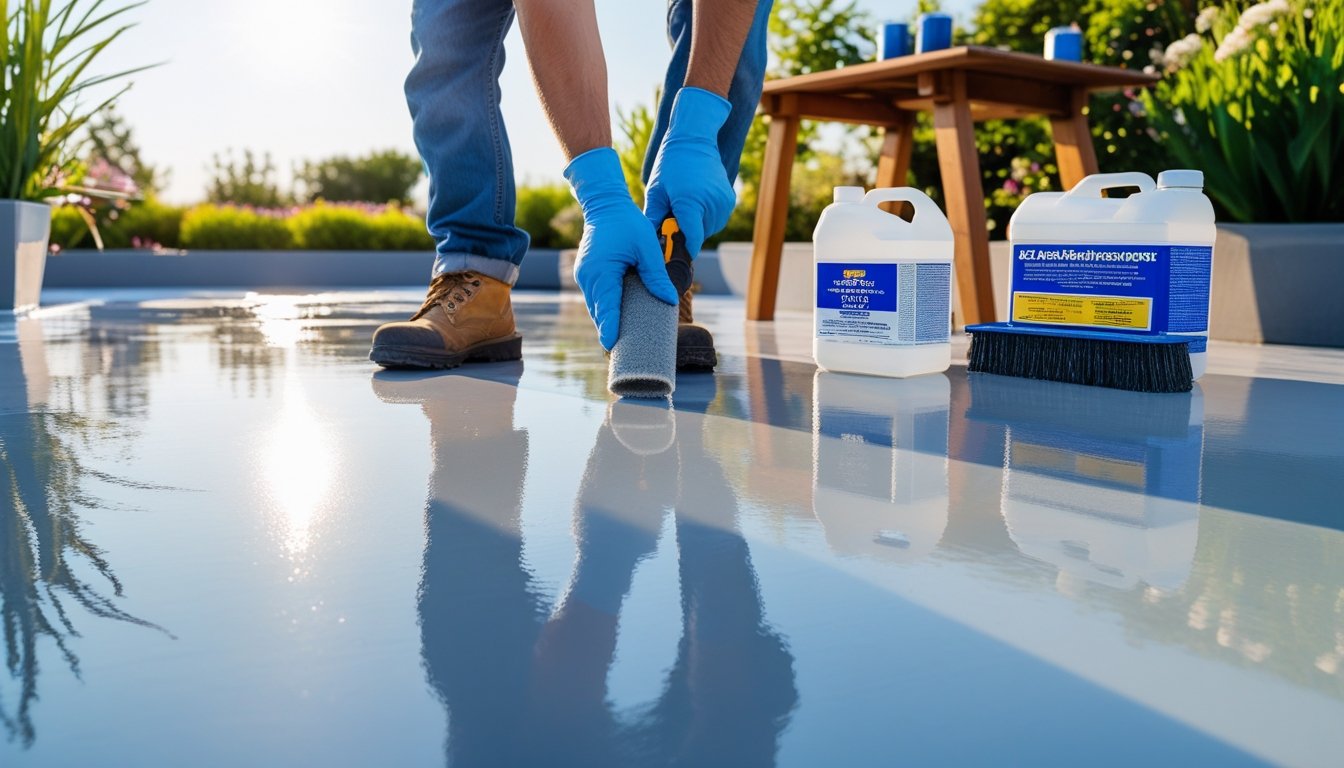
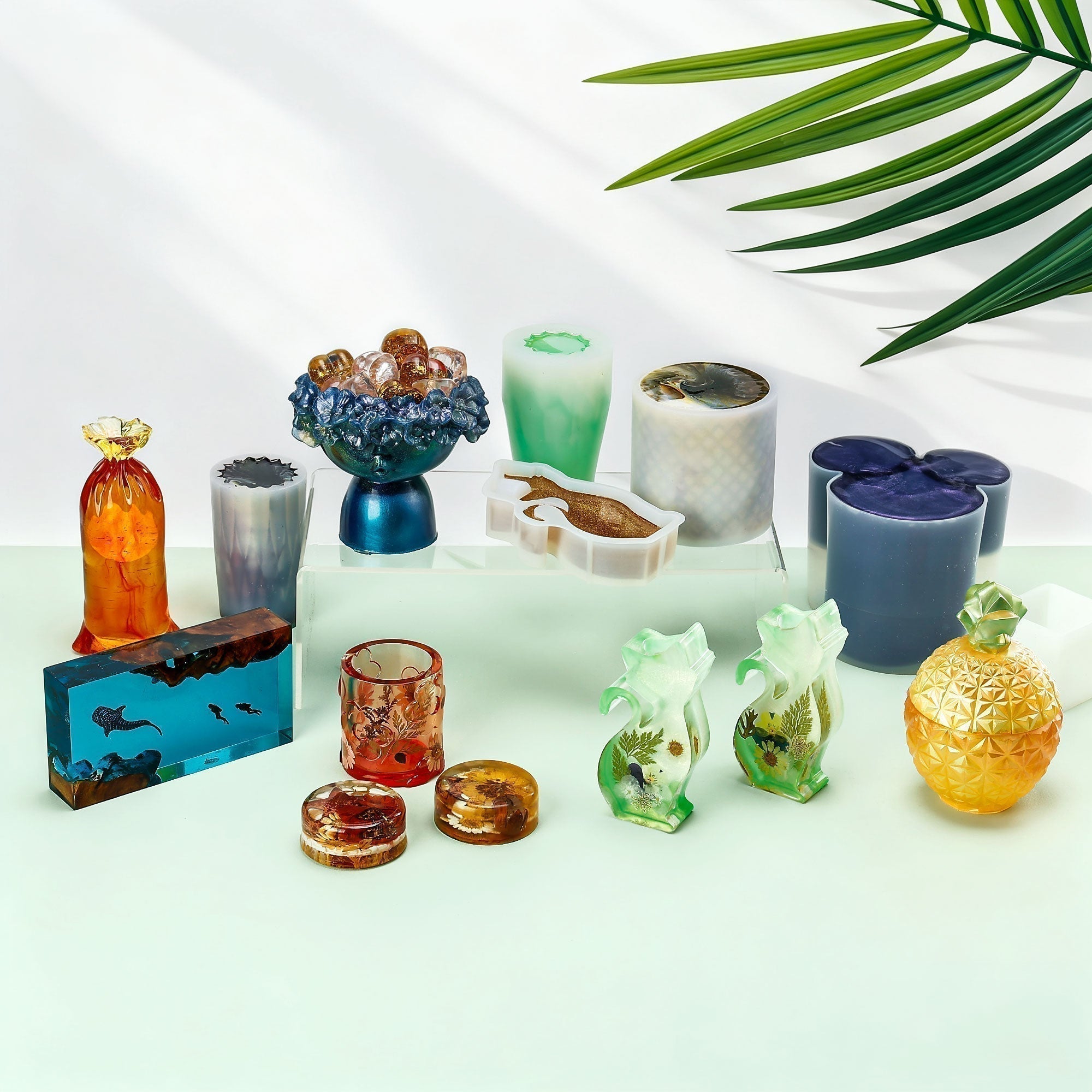

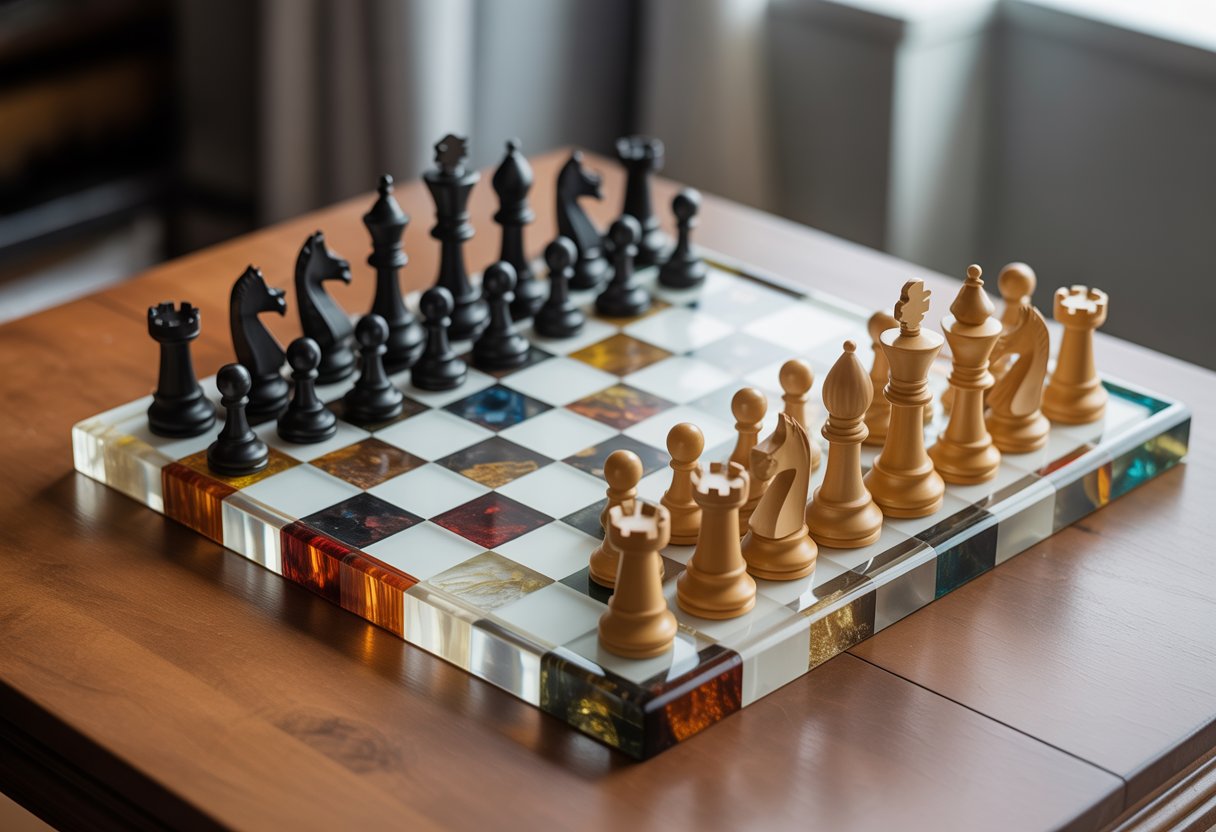
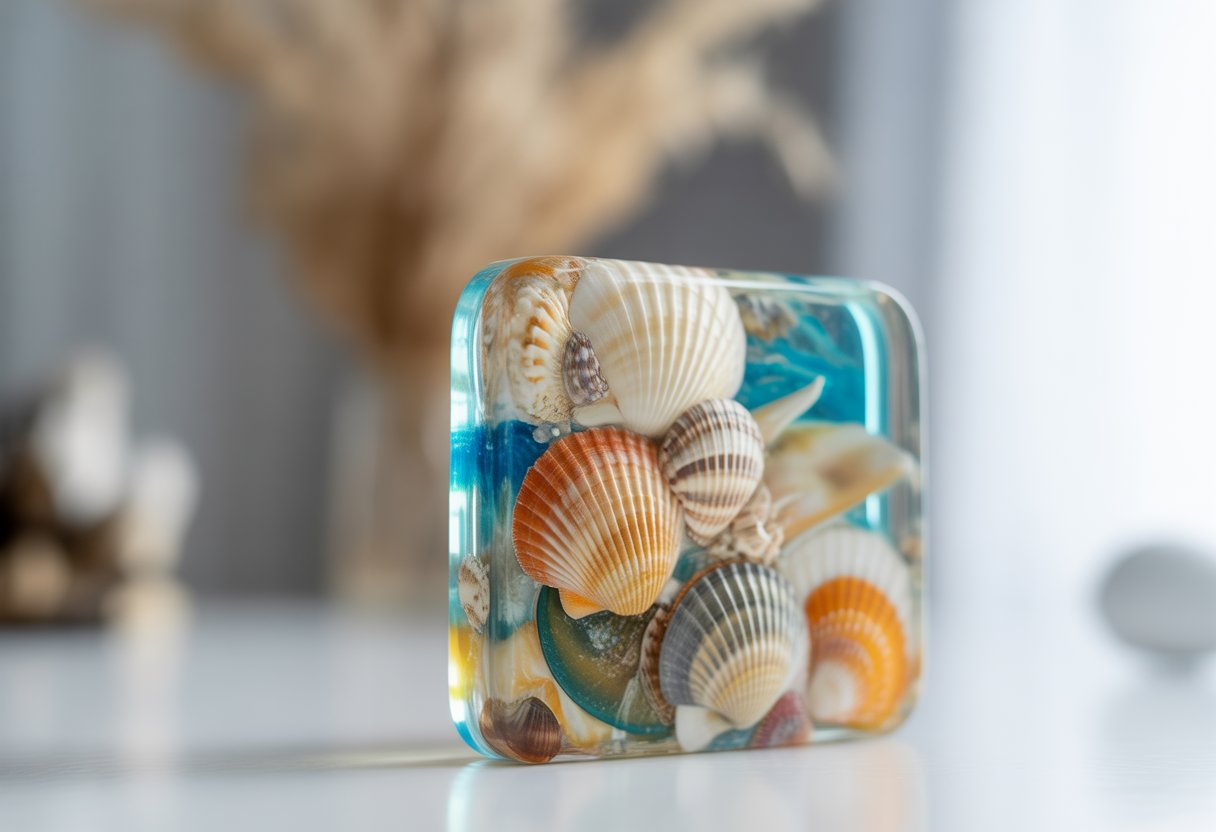

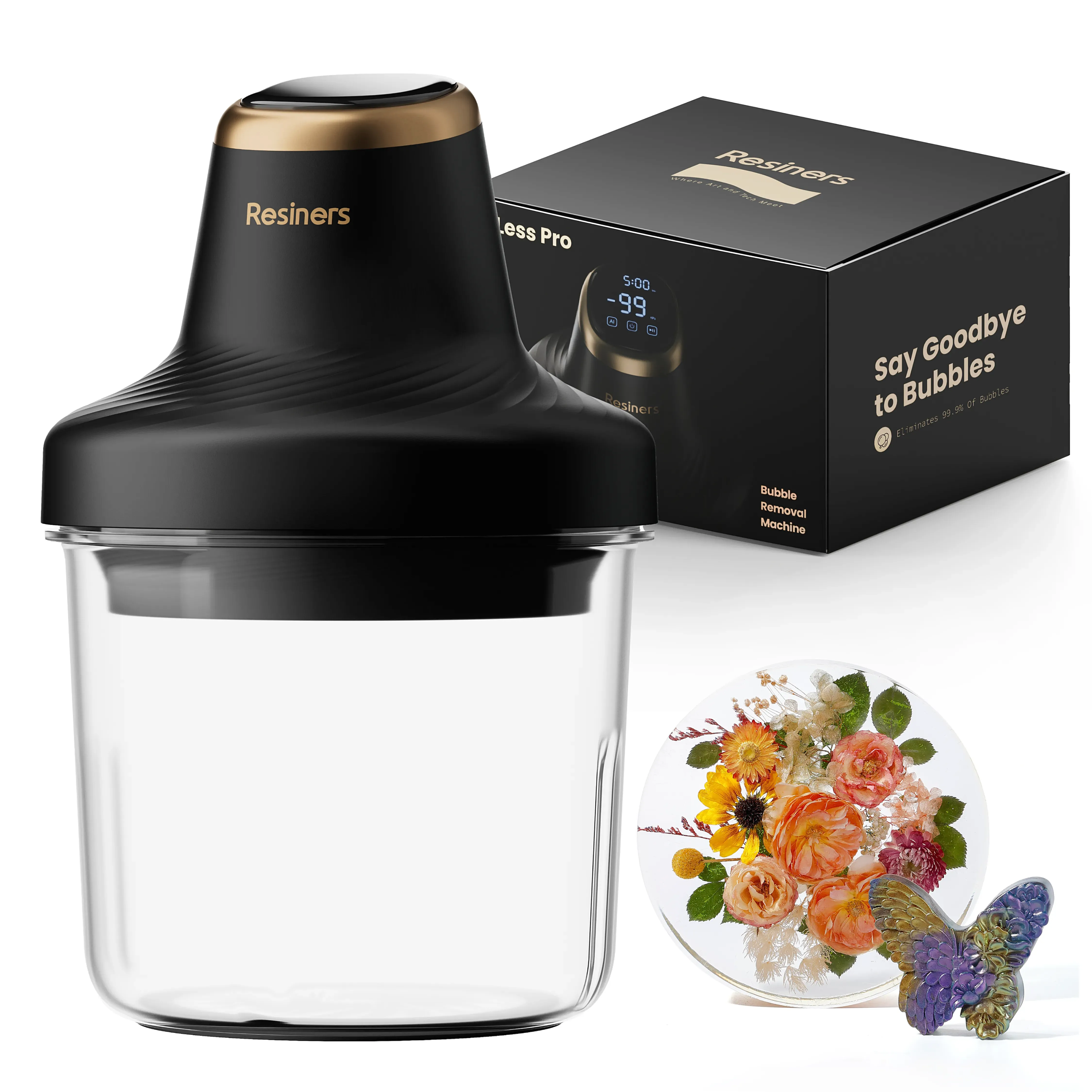


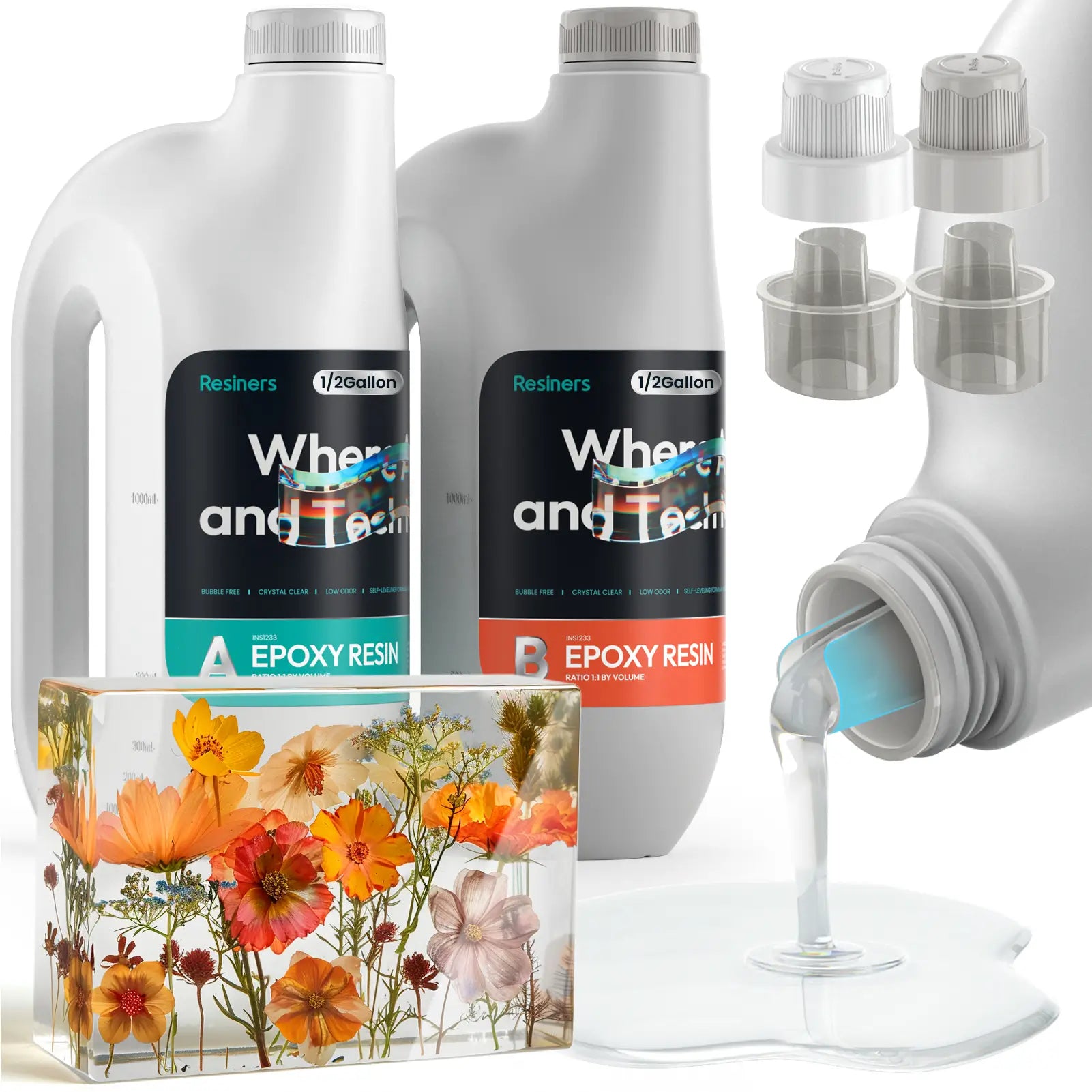
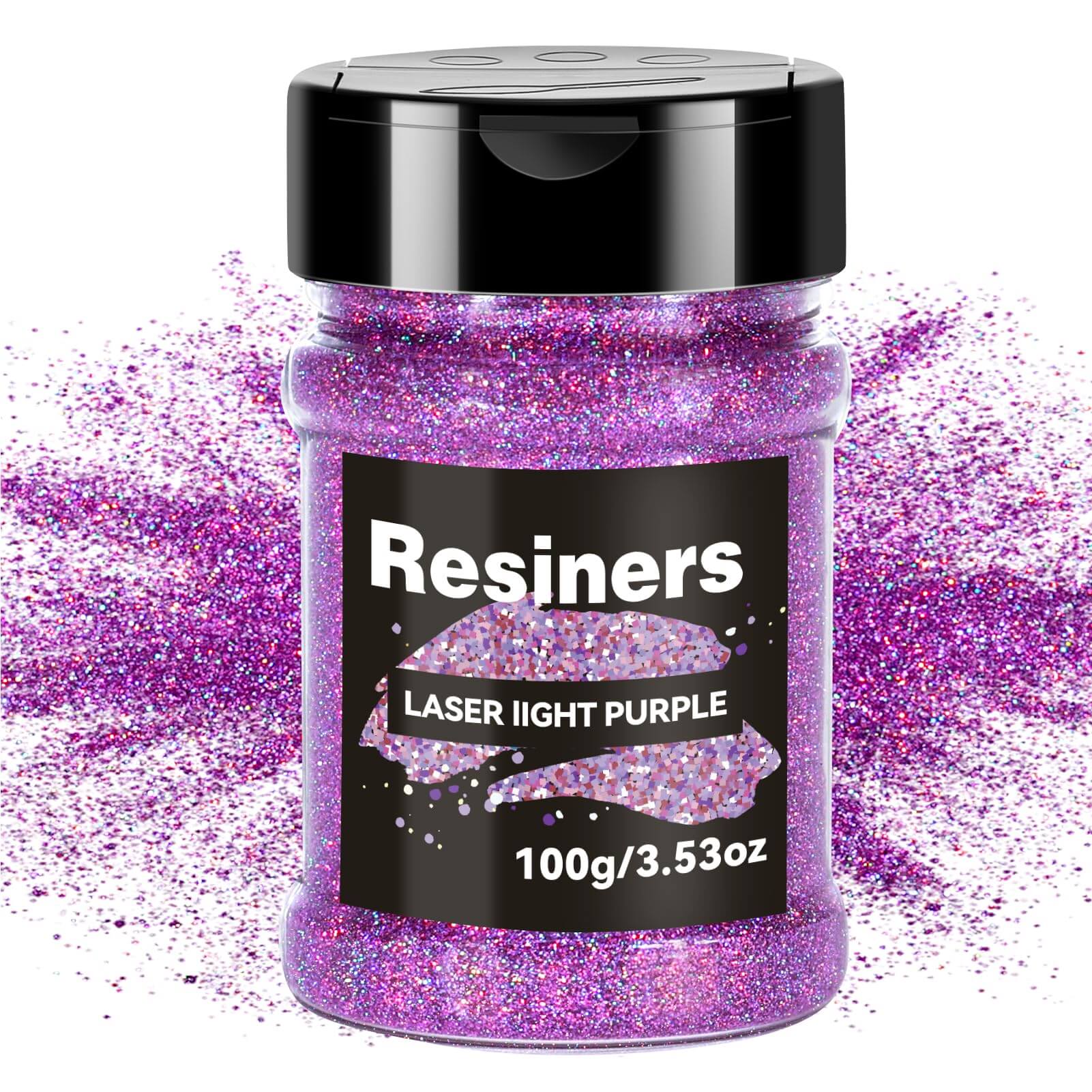
Dejar un comentario
Este sitio está protegido por hCaptcha y se aplican la Política de privacidad de hCaptcha y los Términos del servicio.